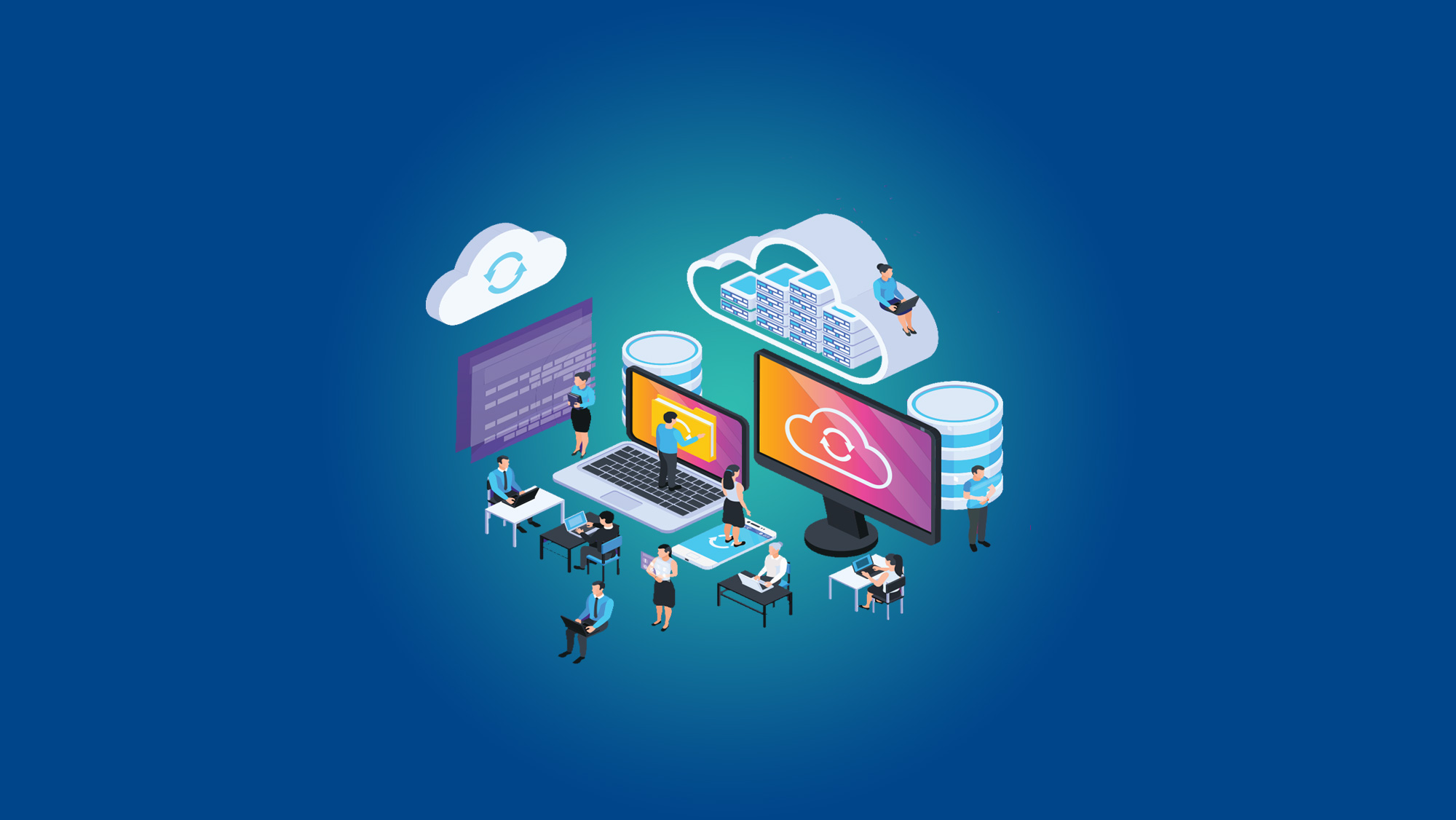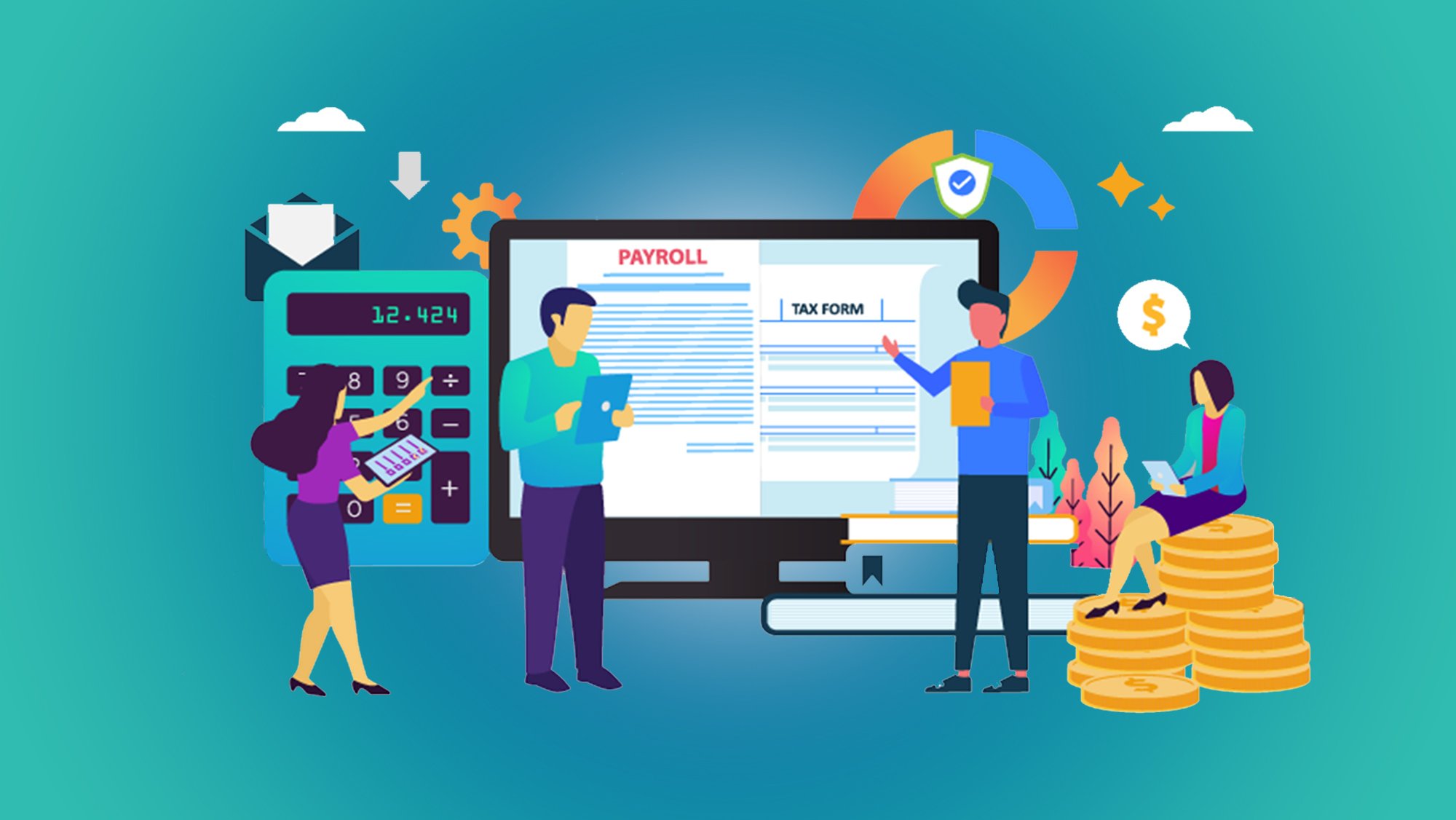Workday Payroll Made Easy: A Step-by-Step Implementation Guide
Introduction:
Implementing a new payroll system can be a daunting task for any organization. However, with the right approach and guidance, the process can be streamlined and successful. Workday Payroll, a powerful cloud-based solution, offers a comprehensive platform for managing payroll processes. In this blog, we will provide a step-by-step implementation guide to help you navigate the process of implementing Workday Payroll with ease.
1. Define Your Payroll Objectives and Goals
Before you begin the implementation process, it's crucial to define your organization's payroll objectives and goals. Determine what you want to achieve with Workday Payroll, whether it's improving accuracy, streamlining processes, enhancing compliance, or all of the above. This clarity will guide your implementation strategy.
2. Assemble Your Implementation Team
Form a dedicated implementation team comprising representatives from various departments, including payroll, HR, finance, and IT. Each team member should bring their unique expertise to the table to ensure a well-rounded approach.
3. Data Preparation and Cleanup
Clean and organize your payroll data before migrating it to Workday. Ensure that all employee records, tax information, deductions, and other relevant data are accurate and up-to-date. Work with your team to review and validate the data to minimize errors during the migration process.
4. Configuration and Customization
Work with Workday consultants or experts to configure the system according to your organization's specific payroll policies and requirements. Customize pay components, earnings, deductions, and other payroll elements to align with your organization's unique needs.
5. Data Migration
Migrate your cleaned and validated payroll data into the Workday system. This may involve mapping data fields, converting formats, and ensuring data integrity during the transfer. Thoroughly test the migrated data to identify and resolve any discrepancies.
6. Testing and Validation
Conduct comprehensive testing of the Workday Payroll system to ensure accuracy and functionality. Test various payroll scenarios, such as regular pay, overtime, bonuses, and deductions, to verify that calculations are correct and align with your organization's policies.
7. Employee Training
Train your payroll team, HR personnel, and relevant stakeholders on how to use Workday Payroll effectively. Provide hands-on training sessions and access to training materials, user guides, and tutorials to ensure a smooth transition to the new system.
8. Parallel Run and Transition
Before fully transitioning to Workday Payroll, consider running parallel payrolls with your existing system and Workday Payroll. This helps identify any discrepancies and allows for adjustments before going live. Once confident in the system's accuracy, proceed with the full transition.
9. Go Live and Monitor
Launch Workday Payroll for live payroll processing. Monitor the first few payroll runs closely to address any unforeseen issues promptly. Ensure that employee paychecks, tax withholdings, and other payroll-related processes are accurate and compliant.
10. Continuous Improvement and Support
After implementation, continuously monitor and evaluate the performance of Workday Payroll. Gather feedback from users and stakeholders to identify areas for improvement. Stay updated with Workday's regular updates, enhancements, and new features to maximize the system's capabilities.
Conclusion:
Implementing Workday Payroll doesn't have to be a complex and overwhelming process. By following this step-by-step implementation guide, you can streamline the transition to Workday Payroll and ensure a successful and efficient payroll management system. With proper planning, teamwork, data preparation, testing, and training, you can harness the power of Workday Payroll to enhance accuracy, compliance, and overall payroll management within your organization.
You May Also Like
These Related Stories

Maximize Efficiency: Oracle Fusion Cloud Technical Training Insights

Unlocking the Power of Obia: A Comprehensive Guide to Implementation




No Comments Yet
Let us know what you think